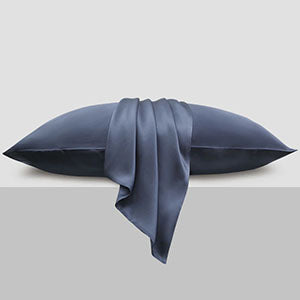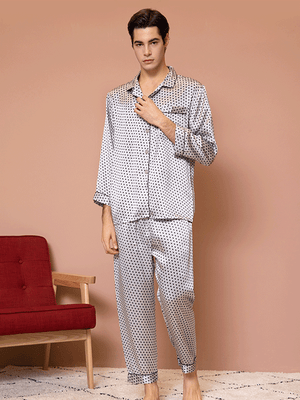Allergic to Silk Pillowcase: Understanding Causes, Symptoms, and Alternatives
- ved wangfred
-

Have you ever woken up with an itchy rash, unexplained redness, or persistent discomfort after a night’s sleep? Your luxurious silk pillowcase—often praised for its beauty and comfort—might be the hidden culprit. While silk is celebrated for its smooth texture and skin-friendly reputation, it’s not universally hypoallergenic. For some, this seemingly gentle fabric triggers allergic reactions that disrupt sleep and skin health. Let’s unravel why silk pillowcases can cause allergies and what you can do to find relief.
Why Silk Might Trigger Allergies
Silk is a natural protein fiber produced by silkworms, and while it’s less likely to harbor dust mites than synthetic materials, it’s not entirely immune to allergens. The proteins in silk, residual sericin (a glue-like substance), or chemical treatments used during processing can provoke immune responses in sensitive individuals. Even high-quality silk may contain traces of dyes, detergents, or finishing agents that irritate the skin.
Common Symptoms of Silk Pillowcase Allergies
Reactions to silk pillowcases often mirror contact dermatitis or respiratory allergies. Watch for these signs:
- Red, inflamed skin on the face, neck, or shoulders
- Itching or a burning sensation
- Dry, flaky patches or hives
- Congestion, sneezing, or watery eyes (if allergens are inhaled)
How to Confirm a Silk Allergy
If you suspect your pillowcase is to blame, try switching to a different material for a week. Track symptoms and consult an allergist for patch testing. This helps identify whether silk proteins, chemicals, or unrelated factors like laundry detergent are causing the reaction.
Hypoallergenic Alternatives to Silk
If silk isn’t your friend, consider these gentler options:
- Organic Cotton: Breathable, easy to clean, and free from harsh chemicals.
- Bamboo-Derived Fabric: Naturally antimicrobial and moisture-wicking.
- Linen: Durable, temperature-regulating, and minimally processed.
- Hypoallergenic Microfiber: Smooth texture without natural proteins.
Preventing Allergic Reactions
If you’re determined to keep using silk, wash it frequently in hot water with fragrance-free detergent to remove irritants. Opt for undyed, OEKO-TEX certified silk to minimize chemical exposure.
Still struggling with nighttime irritation? Your skin deserves a solution. Explore alternative fabrics, prioritize organic certifications, and consult a dermatologist to tailor your sleep environment. Remember: the right pillowcase shouldn’t come at the cost of comfort or health. Sweet dreams start with finding what truly works for you.












